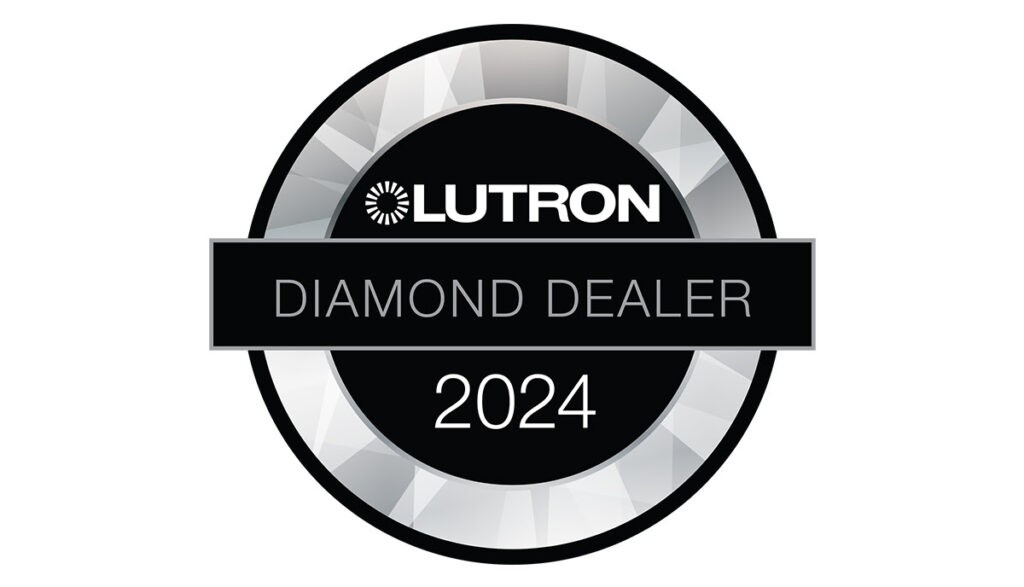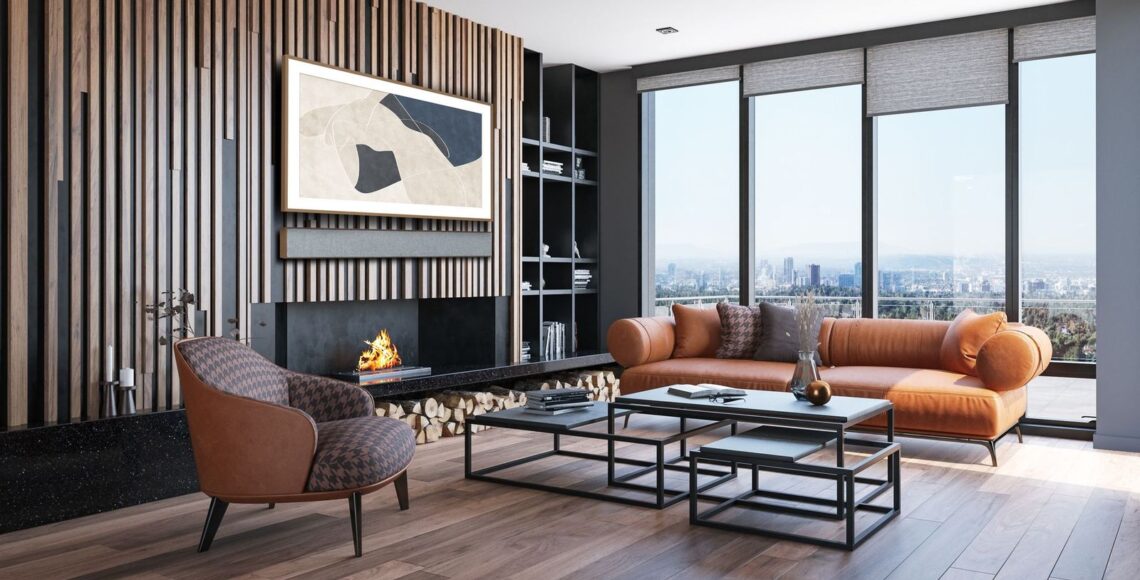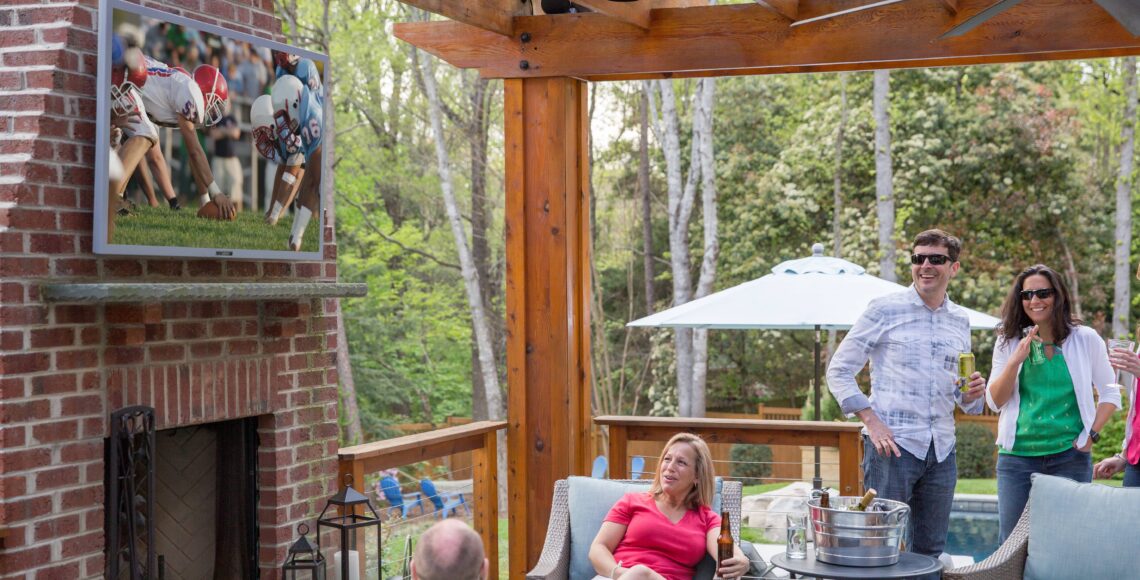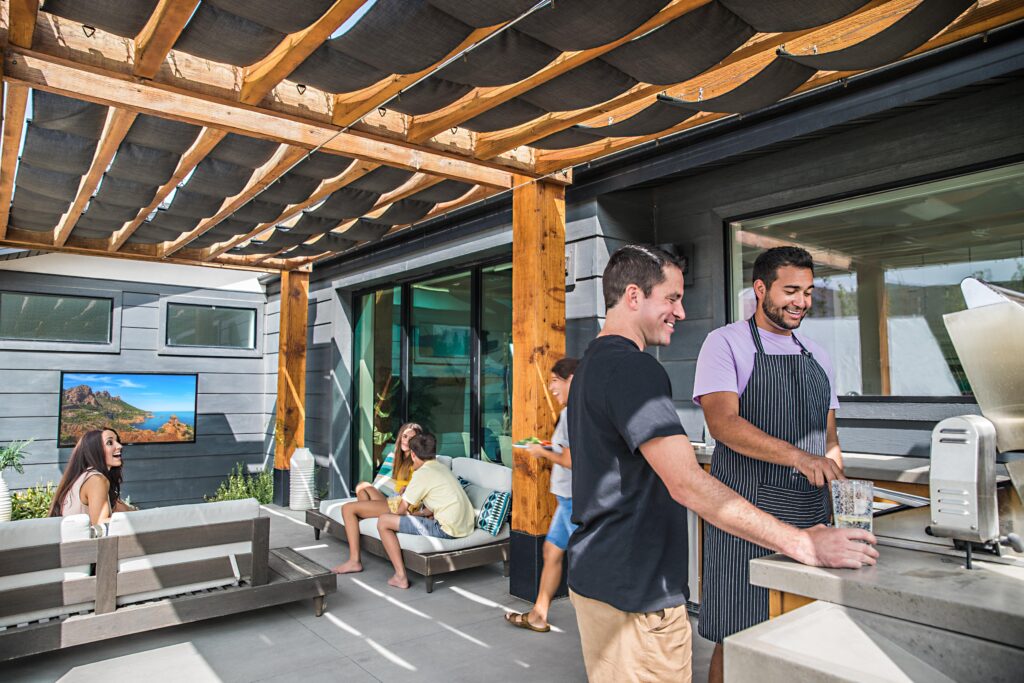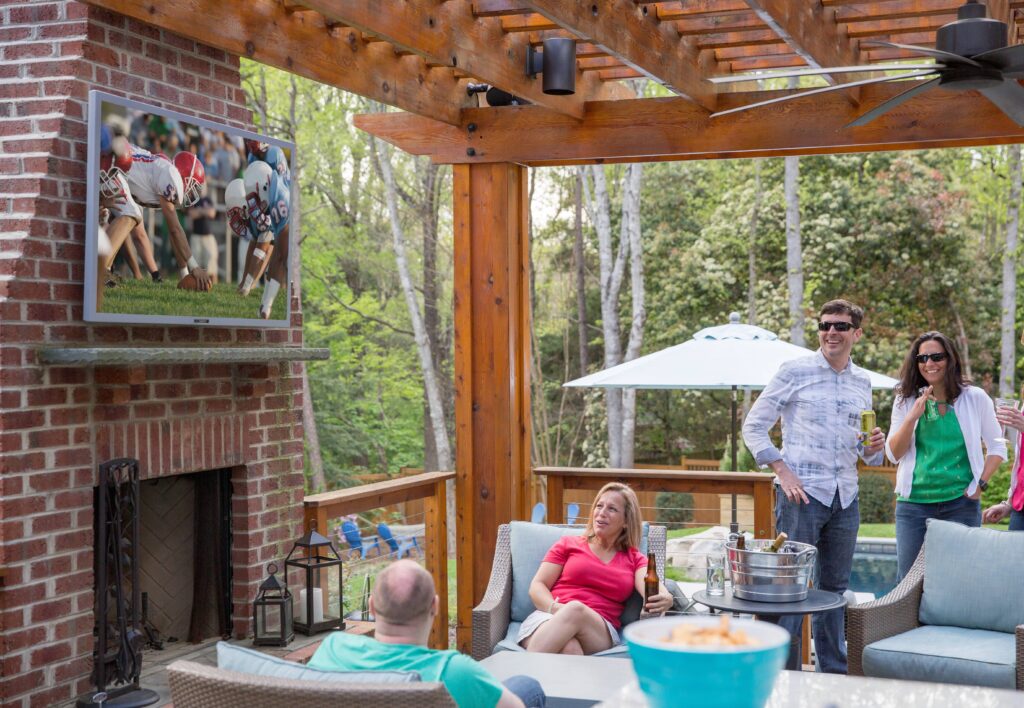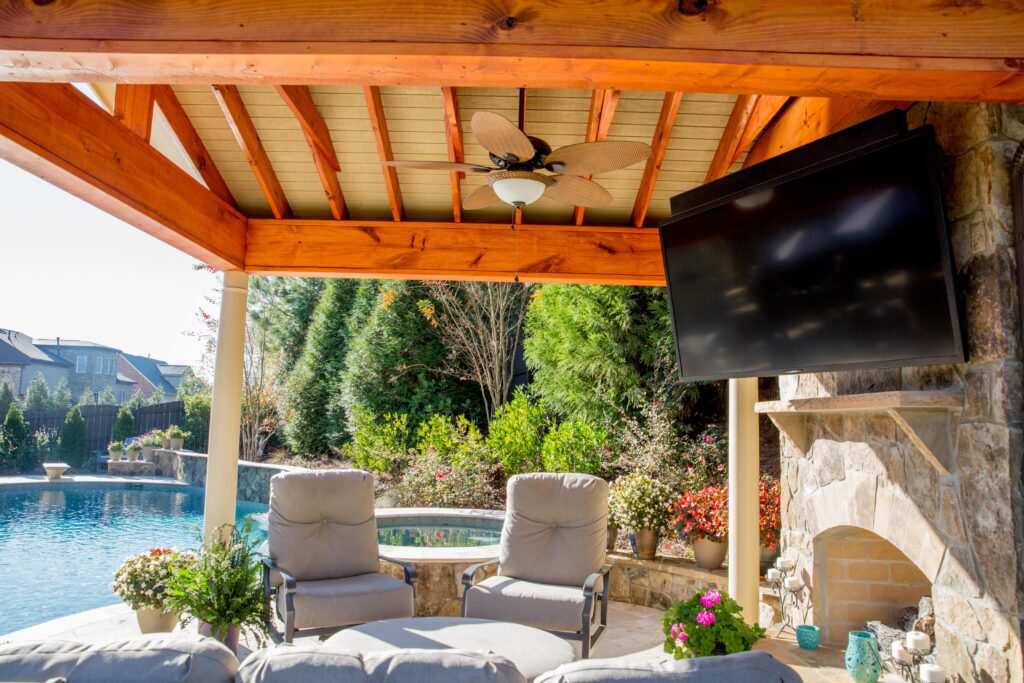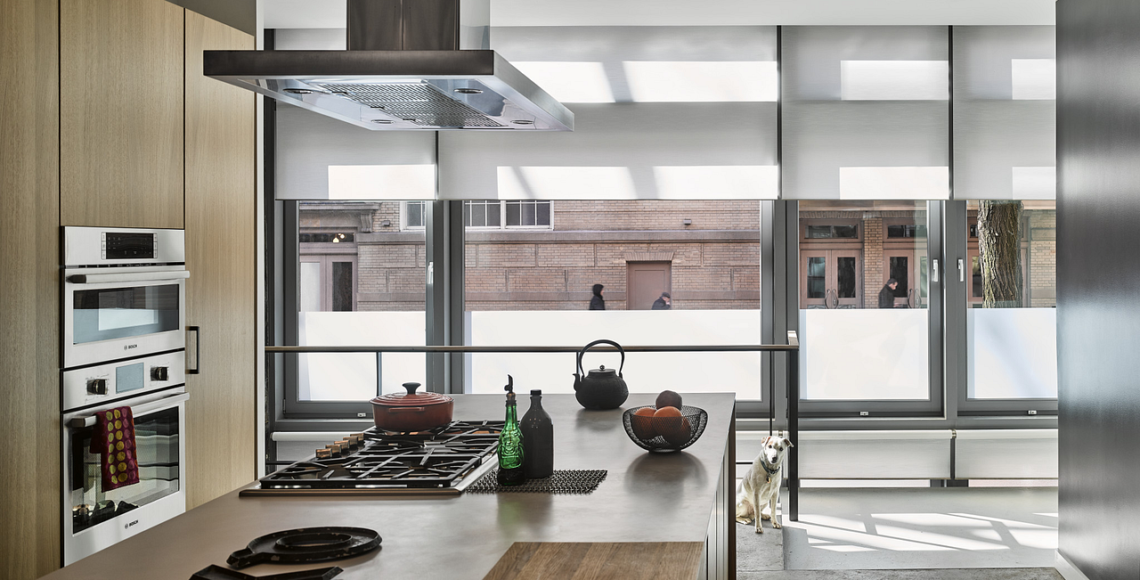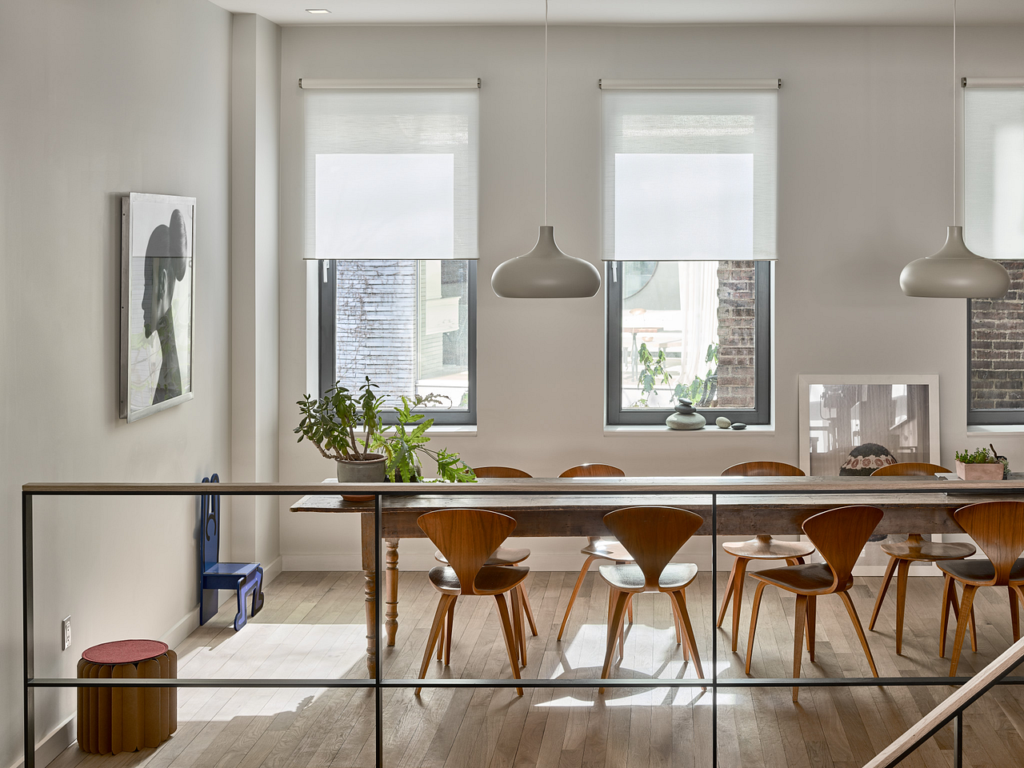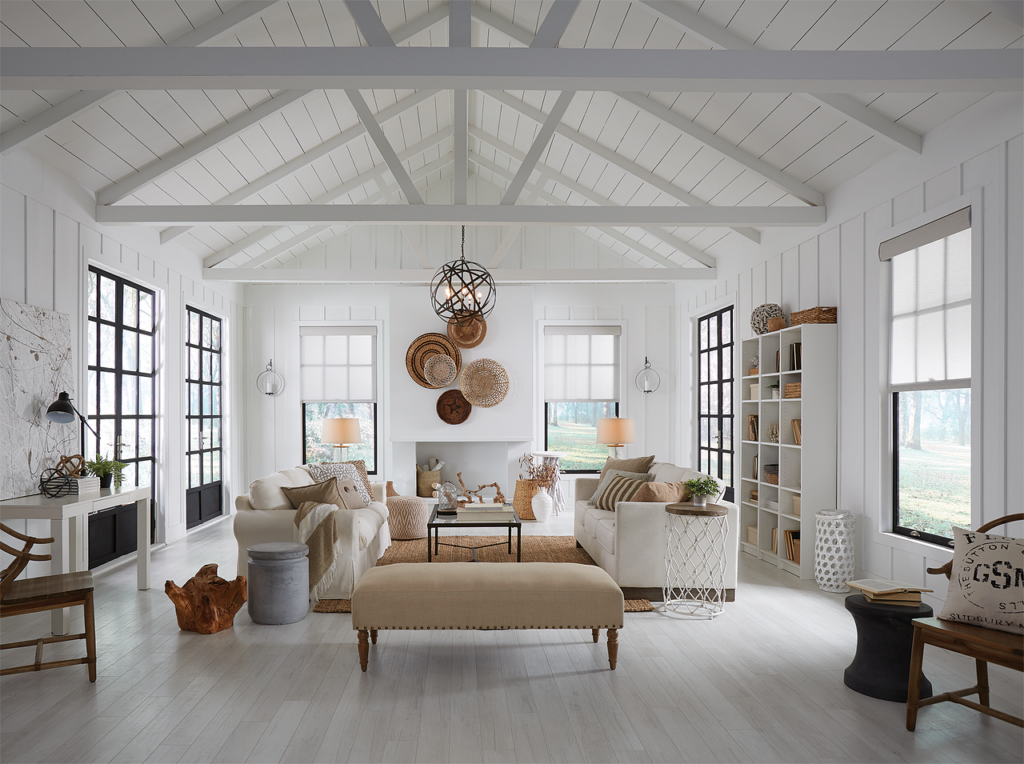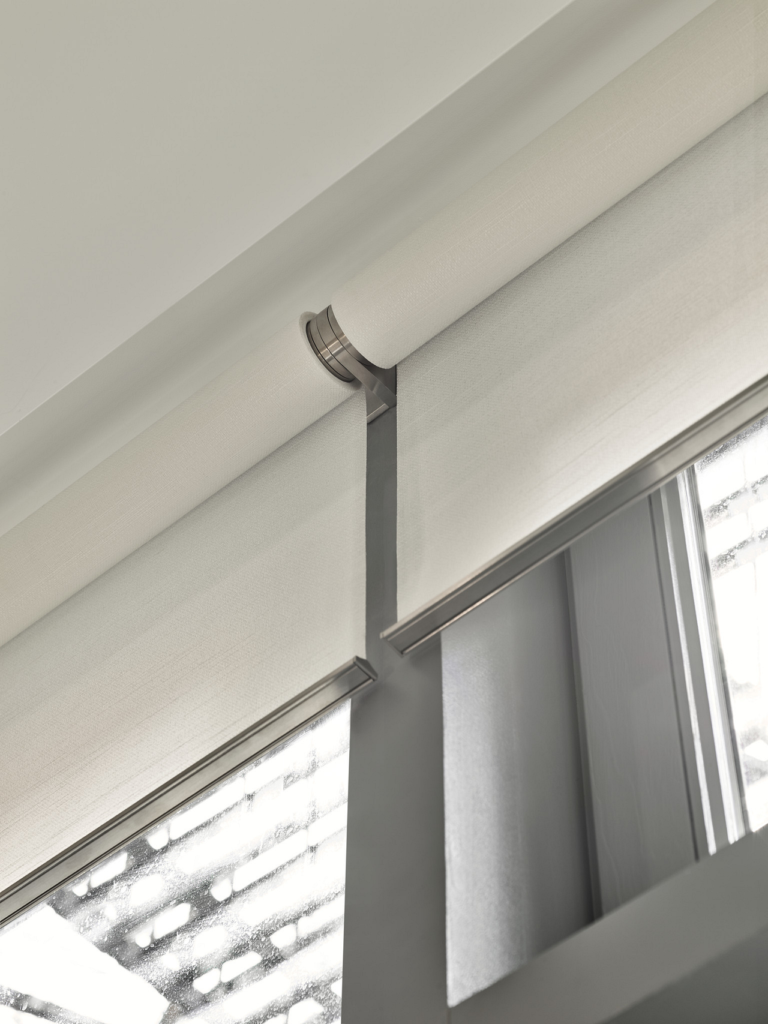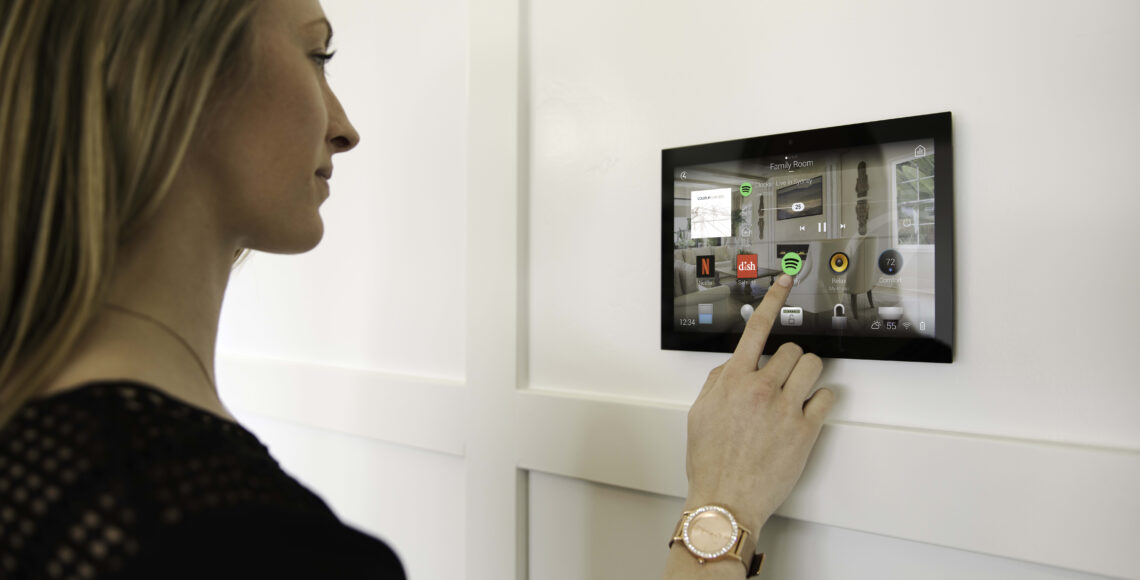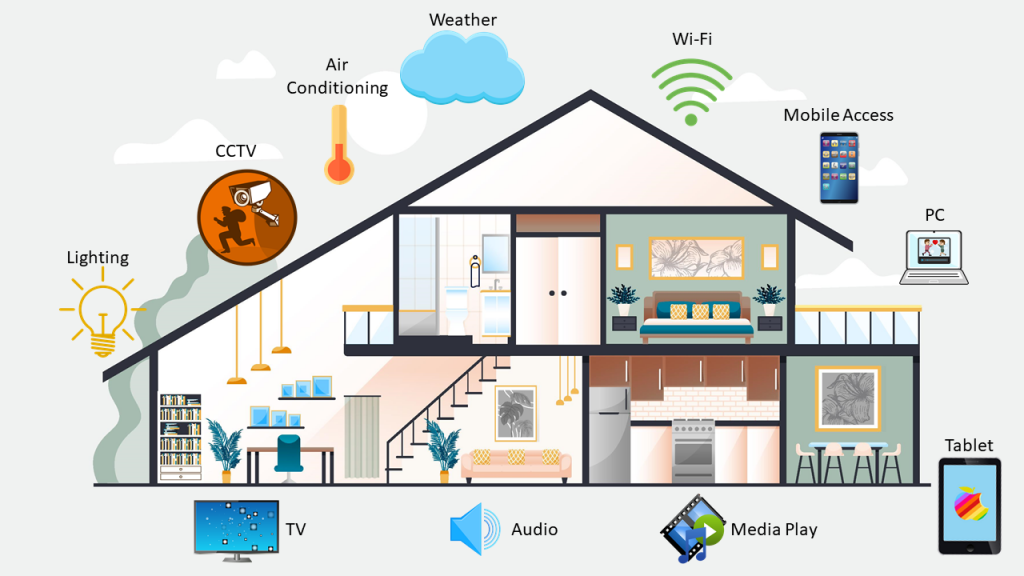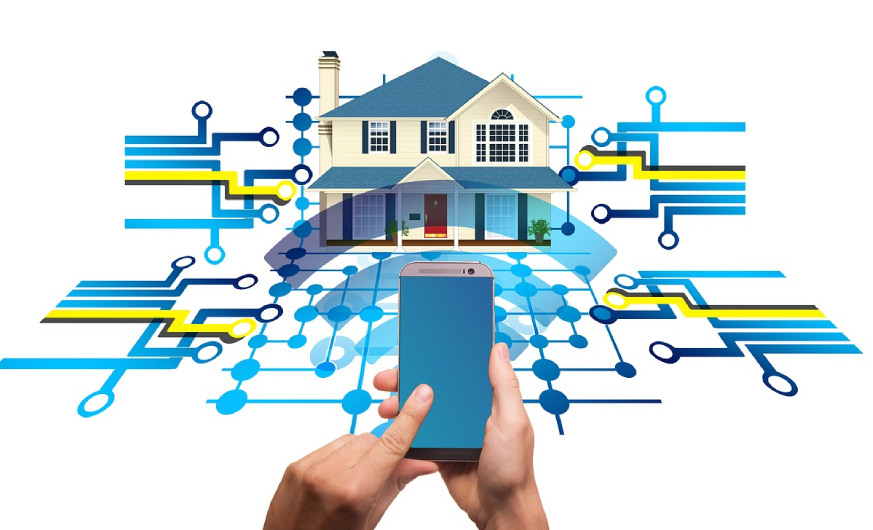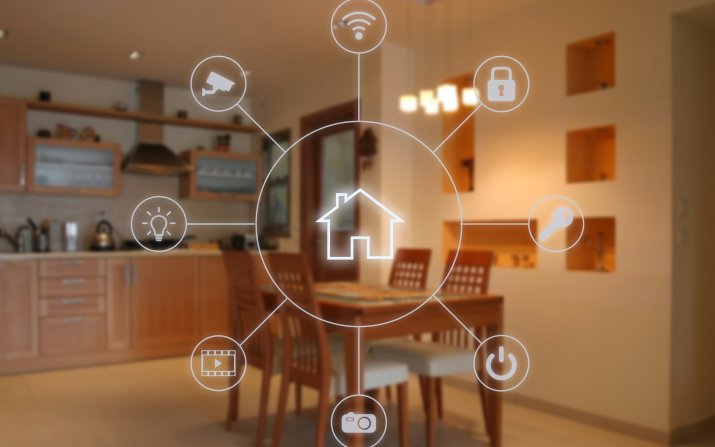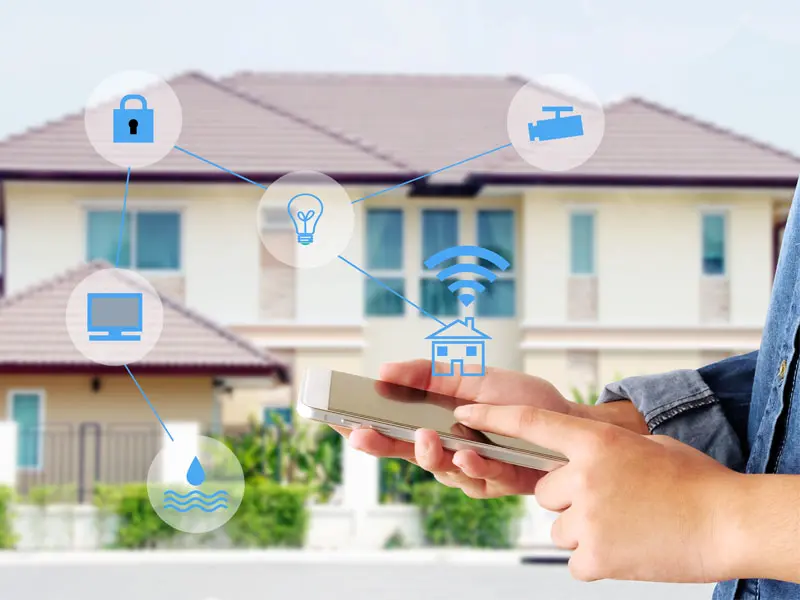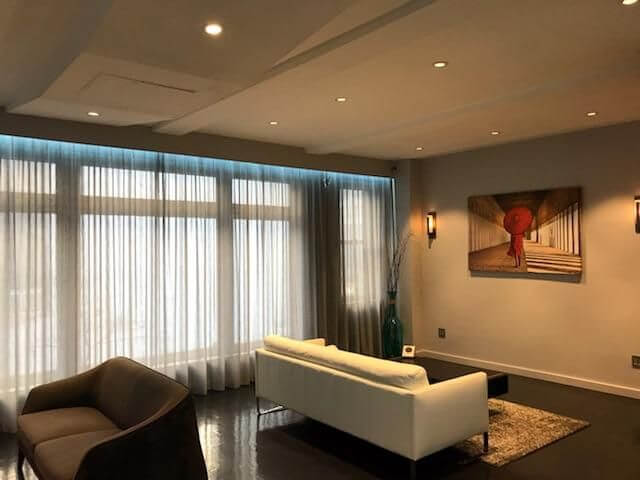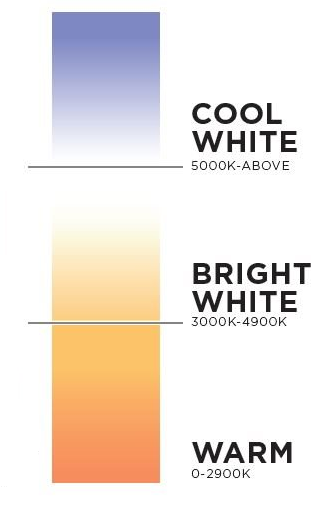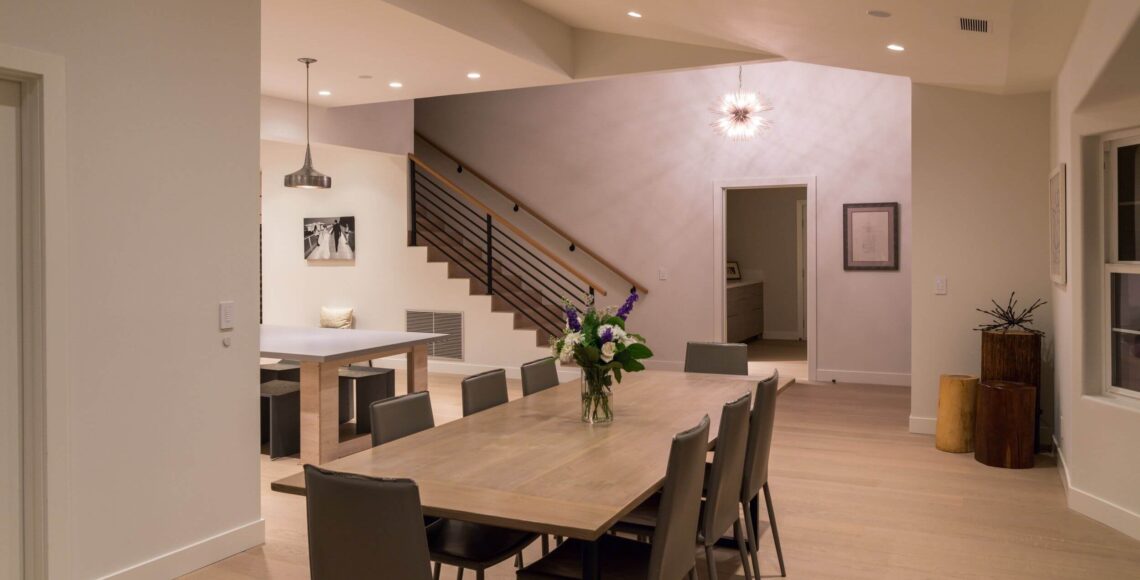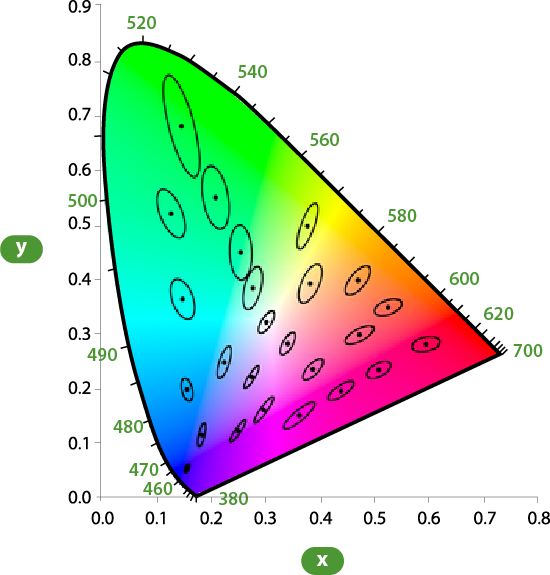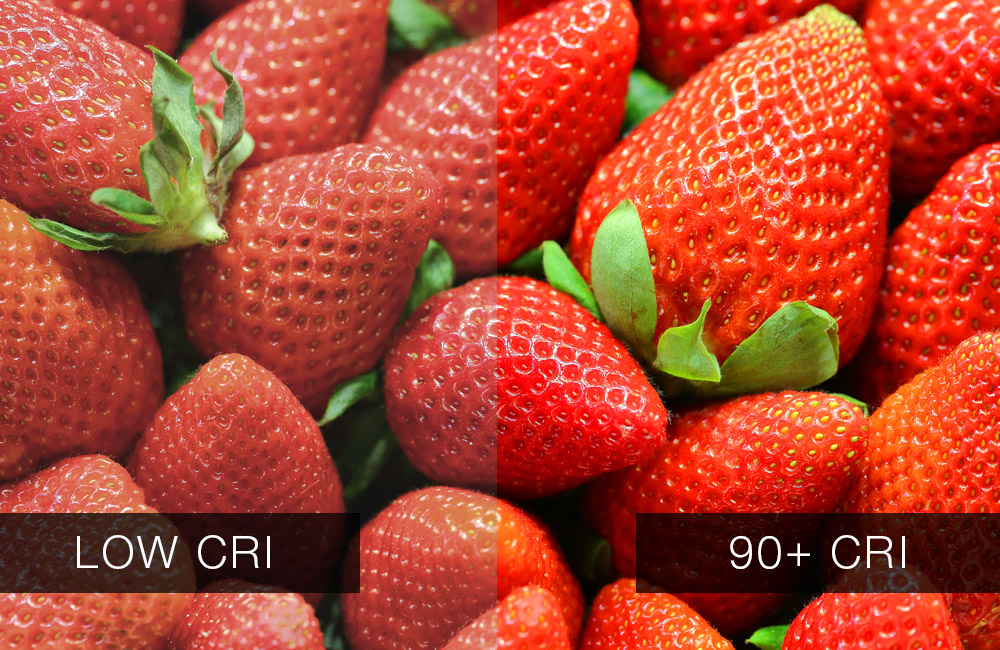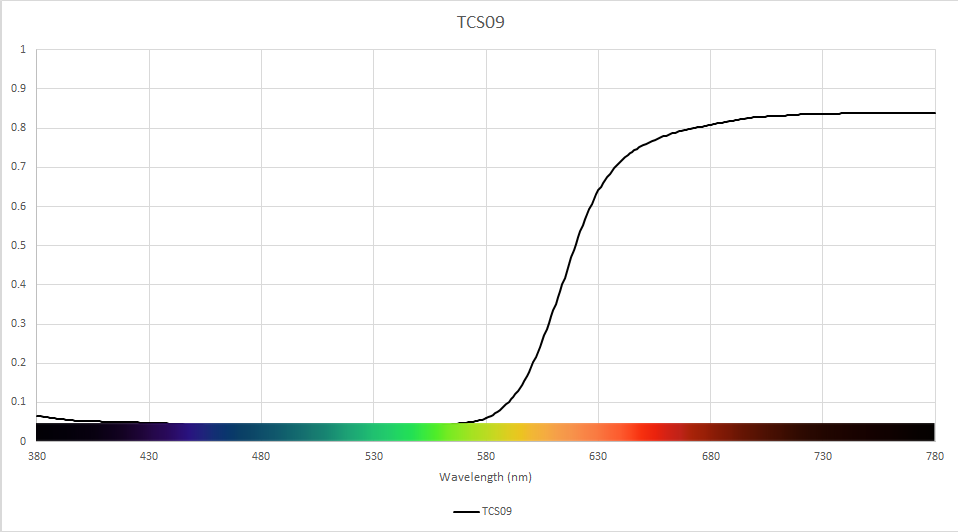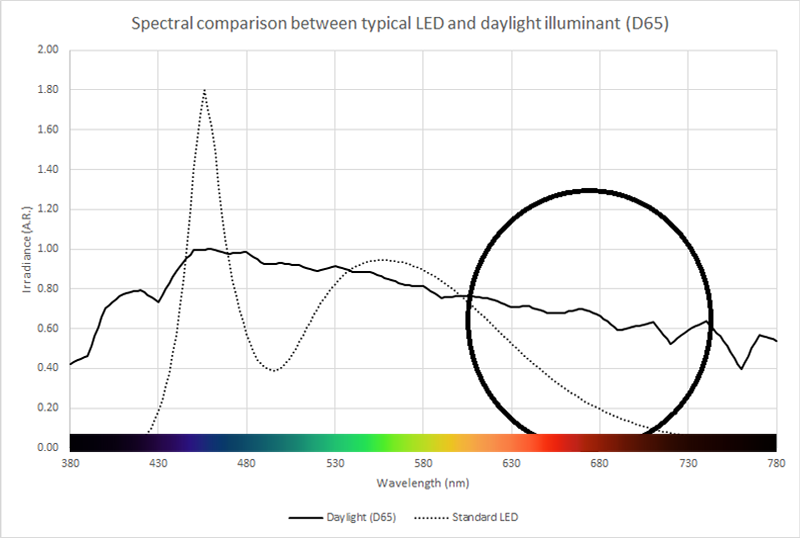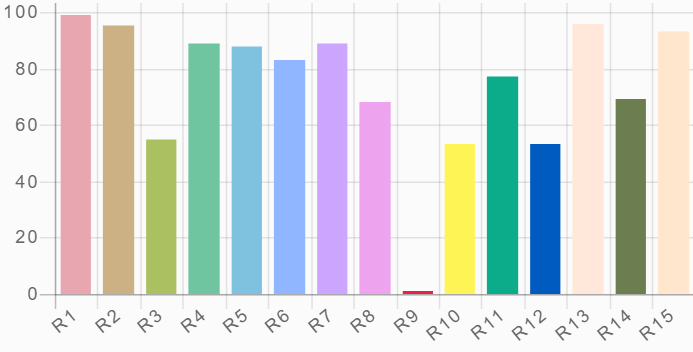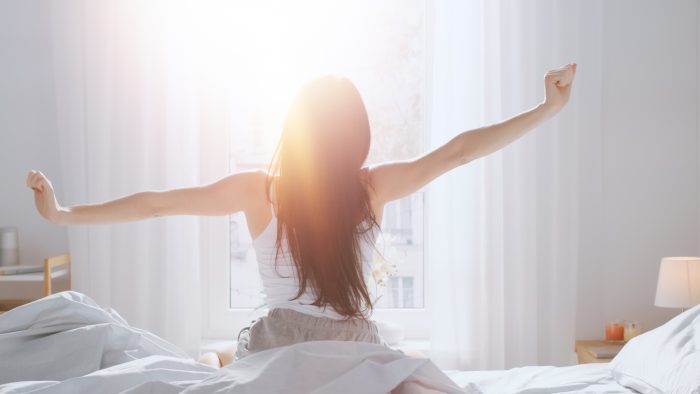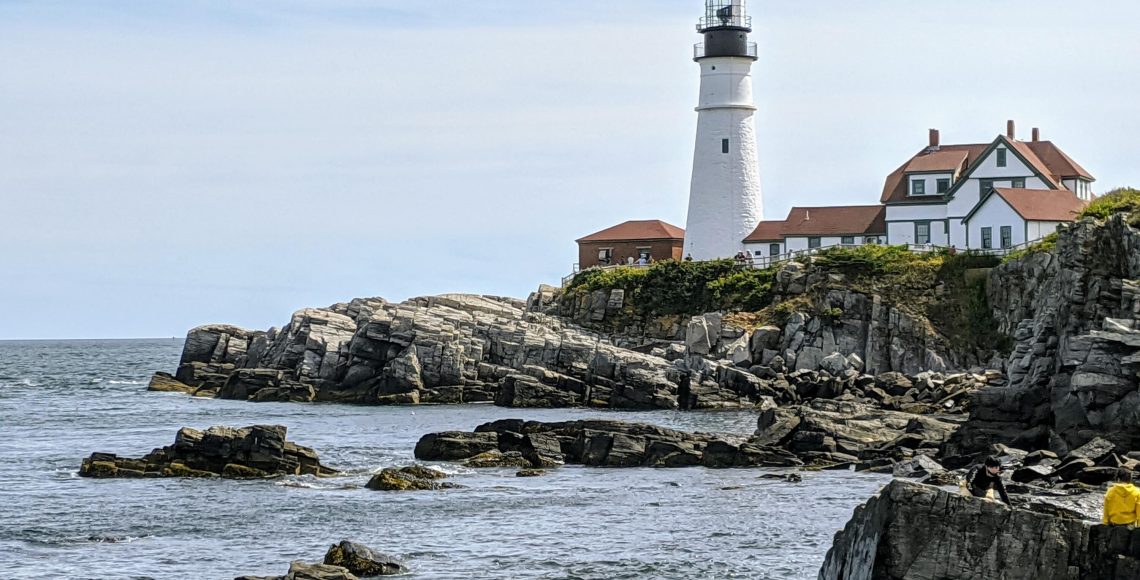Harmonious Fusion: The Autom8group’s Approach to Integrating Style and Technology in Interior Design
In the dynamic world of interior design, achieving a harmonious fusion of style and technology is essential for creating truly exceptional living spaces. At The Autom8group, we specialize in seamlessly integrating home technology into interior design, enriching your home environment with both elegance and functionality. Join us as we delve into our approach to blending style and technology to elevate your living spaces.
Collaboration is Key:
Collaboration is fundamental to our approach. We work closely with talented interior designers to understand their vision for your space. By fostering collaboration, we ensure that every technological enhancement seamlessly complements the overall design concept, resulting in a unified and immersive experience.
Framed TVs:
Gone are the days of bulky, unsightly televisions dominating the living room. With framed TVs, specialists work closely with interior designers to select options that blend effortlessly with the design scheme. These TVs are designed to resemble works of art when not in use, seamlessly integrating into the room’s decor. Integrators assist in choosing the right size, aspect ratio, and frame finish to ensure that the TV complements the overall aesthetic. They also advise on the optimal placement to enhance viewing angles and minimize visual impact.
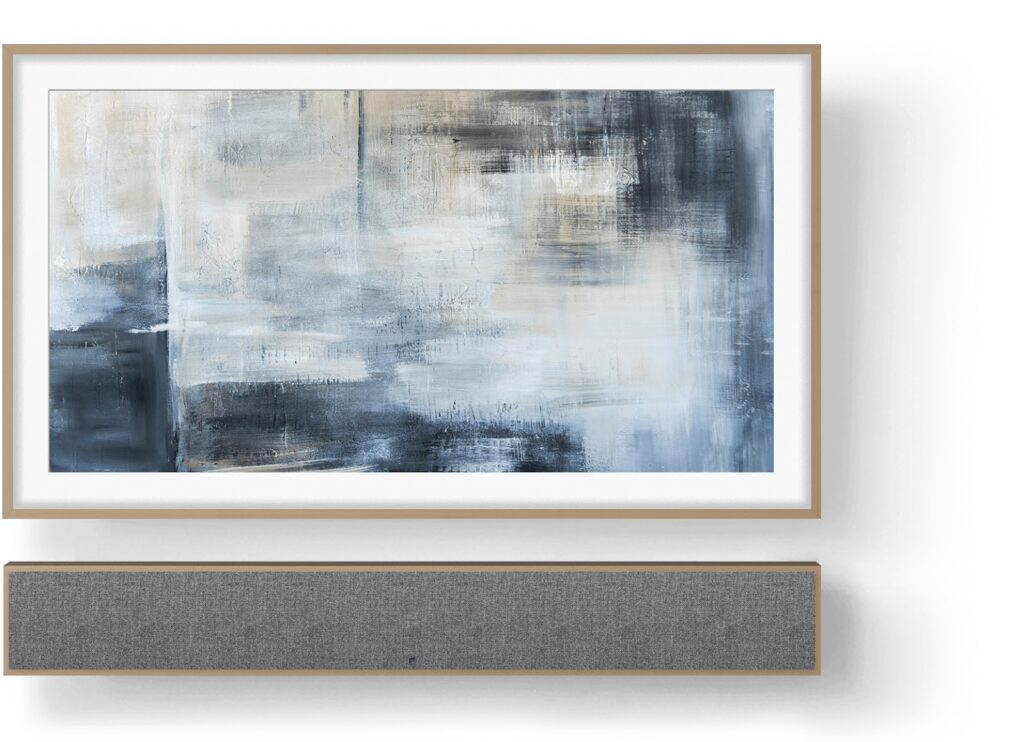
Sound Bars with Custom Sizing, Wood Frames, and Grilles:
Sound bars offer an elegant solution for audio without the need for bulky speakers. The Autom8group collaborates with designers to customize sound bars with bespoke sizing, wood frames, and grilles that match the aesthetic of the space. For example, Leon’s FrameBar UT offers customizable options, allowing integrators and designers to tailor the sound bar to fit seamlessly within the room’s design. From selecting the right wood finish to ensuring the grille material complements other design elements, our integrators pay attention to every detail to create a cohesive and visually appealing audio solution.
Invisible Technology, Visible Elegance:
Bid farewell to bulky speakers and unsightly wires. Our expertise in integrating invisible speakers from leading brands such as Sonance and Stealth ensures that technology remains discreet, allowing your design to take center stage.
Sonance Invisible Series: With Sonance’s Invisible Series, cutting-edge technology seamlessly integrates into your space. These speakers disappear into your walls or ceilings, delivering superior sound quality without compromising the aesthetics of your room.
A leader in speakers technology, Sonance offers a range of invisible speakers with different audio qualities that blend seamlessly into your walls or ceilings, providing high-performance audio while remaining completely hidden from view.
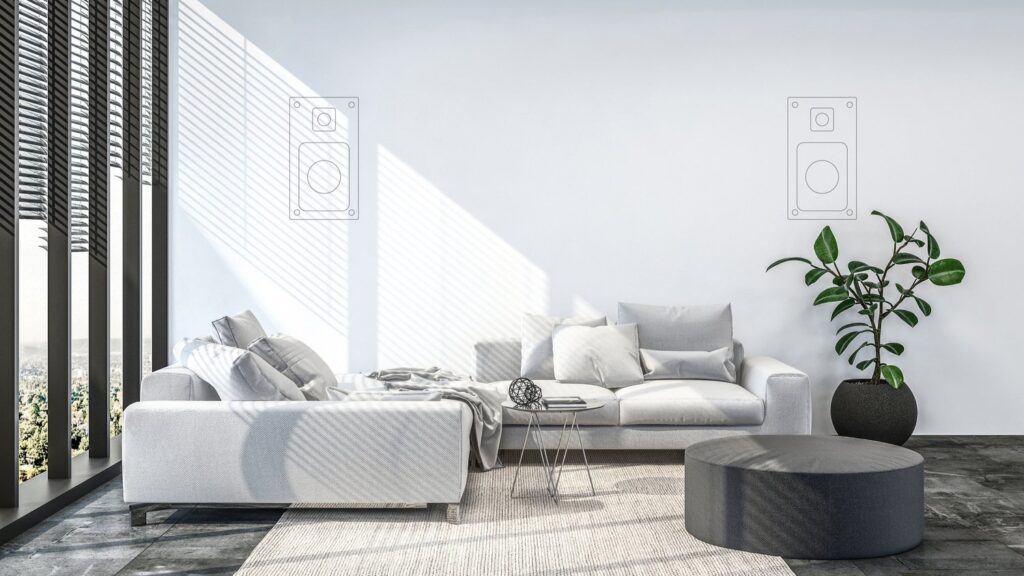
Decorative Keypads:
Our consultants understand that technology should not only be functional but also beautiful. Decorative keypads, like Alisse and Palladiom from Lutron, offer stylish control options for smart home systems. Our technology consultants work with designers to seamlessly integrate these keypads into the walls, their wide array of finishes ensure they complement the overall design while providing intuitive control of lighting, shades, and more.
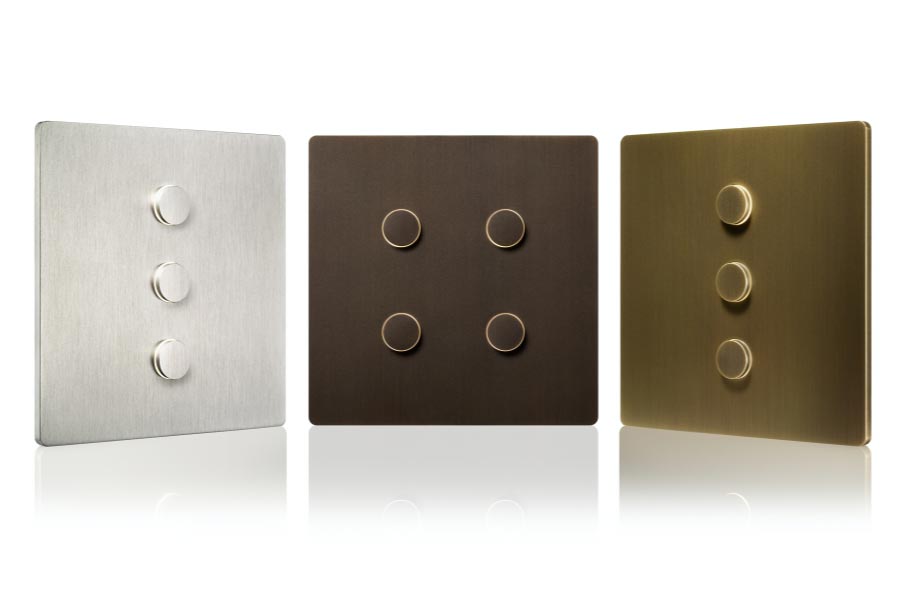
Seamless Integration of Shades and Lighting:
Transform your living spaces with our integrated shades and lighting solutions. Whether designing custom pockets to conceal motorized shades, using Palladiom shades with their aesthetically pleasing brackets and finishes or choosing sophisticated lighting fixtures, we ensure seamless integration that enhances both the ambiance and functionality of your space.
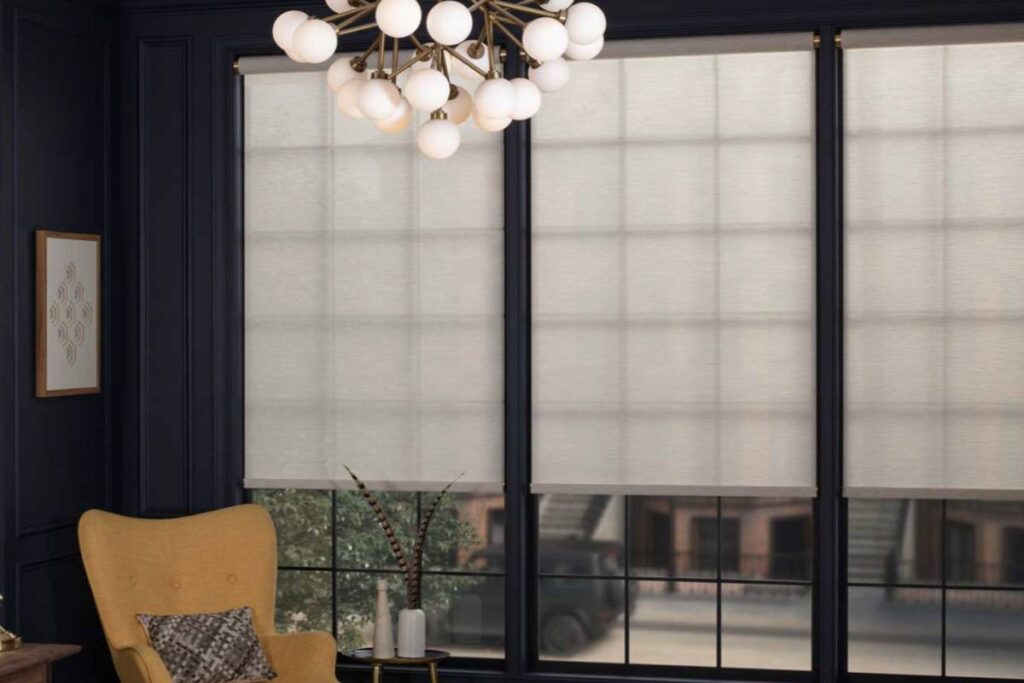
Our Integrators can collaborate with design professionals to select light fixtures that enhance the ambiance of the space and integrate with smart lighting control systems from brands like Ketra and DMF. They can optimize lighting design to enhance the overall aesthetic and functionality of the room.
In summary, Our CEDIA certified integrators collaborate closely with interior designers to select and integrate home technology solutions that enhance the design while providing optimal performance and functionality. They combine technical expertise with an understanding of design principles to create seamless and immersive living spaces for our clients.
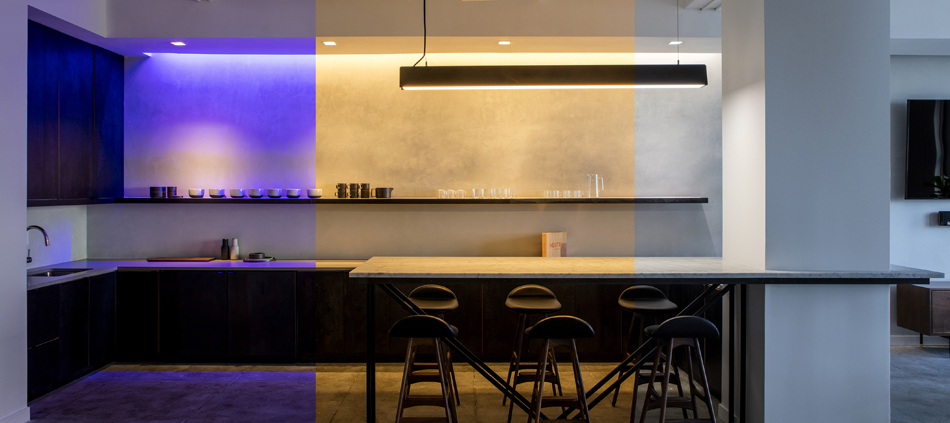
Attention to Detail:
We believe that perfection lies in the details. Our meticulous approach ensures that every technology component seamlessly blends into your design. From concealing wires to optimizing placement, we leave no stone unturned in achieving flawless integration that exceeds your expectations.
In conclusion, We are dedicated to transforming your living spaces through the harmonious fusion of style and technology. With our collaborative approach, tailored solutions, and unwavering attention to detail, we bring your design vision to life, creating truly extraordinary living environments.
Stay tuned for more insights, tips, and trends in home technology and interior design in our upcoming newsletters and blog posts.
Want to know more? Call us at 866.815.0099 or Email info@theautom8group.com
